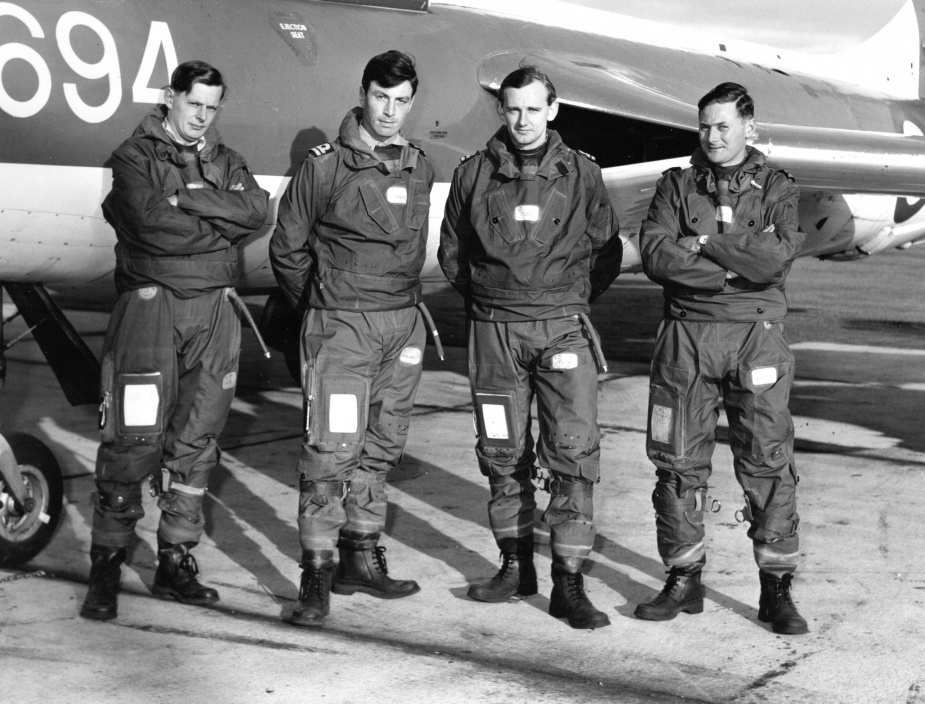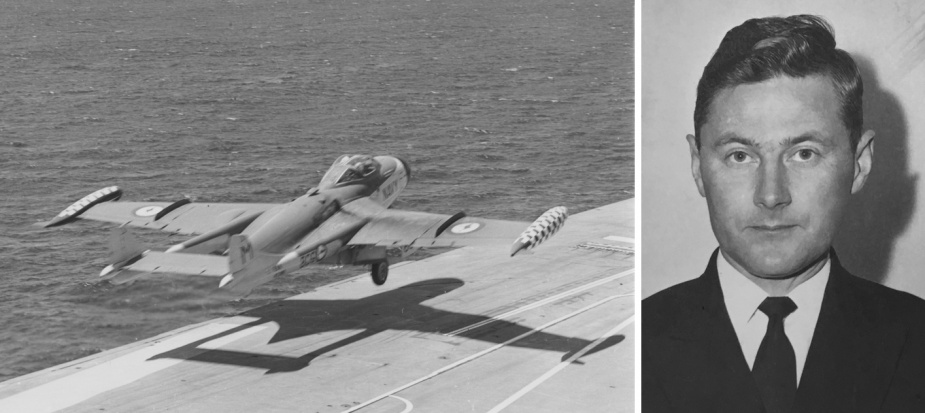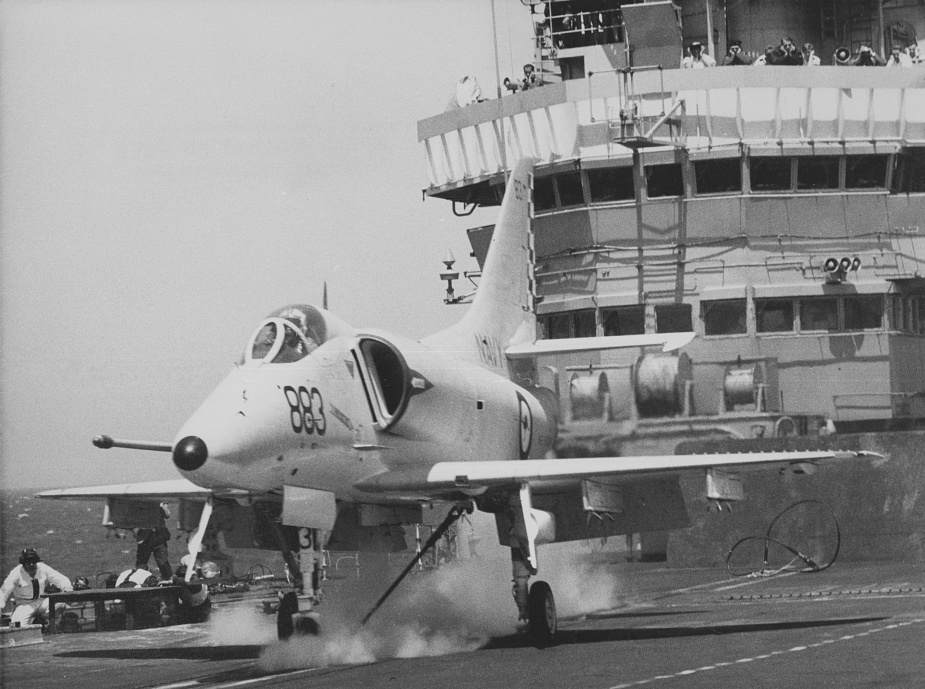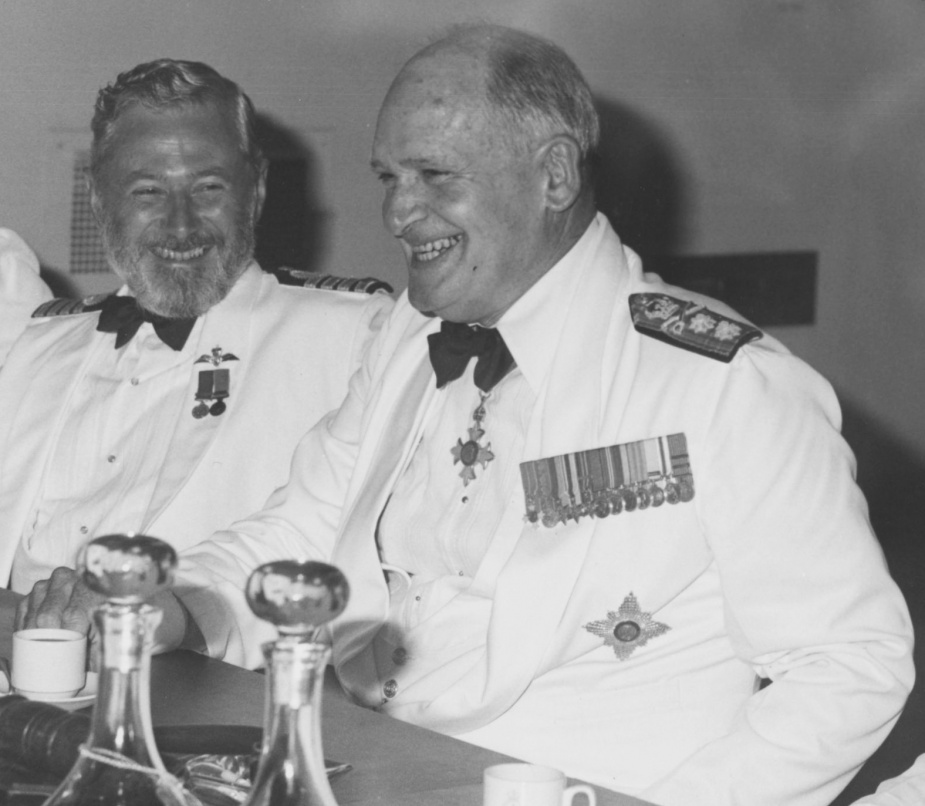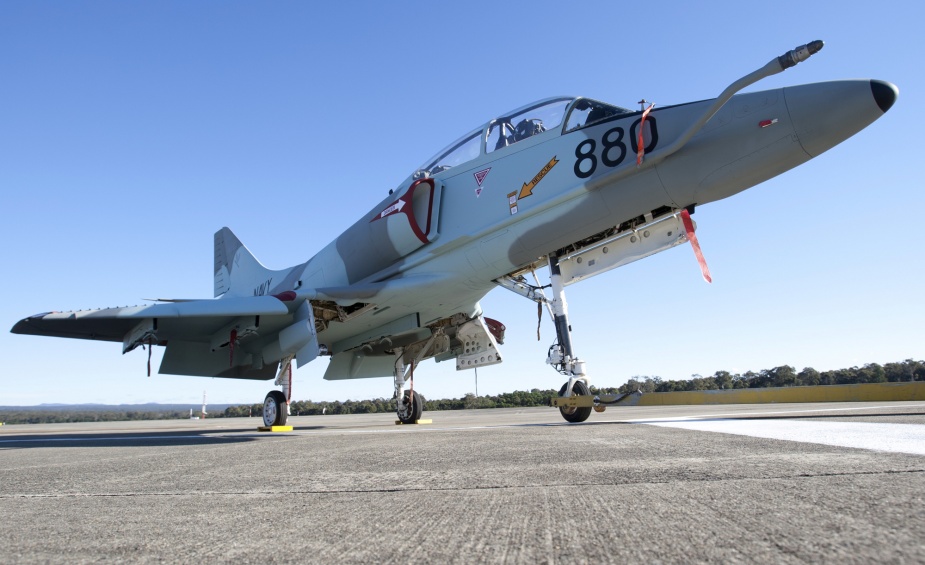Commodore John Raymond Da Costa
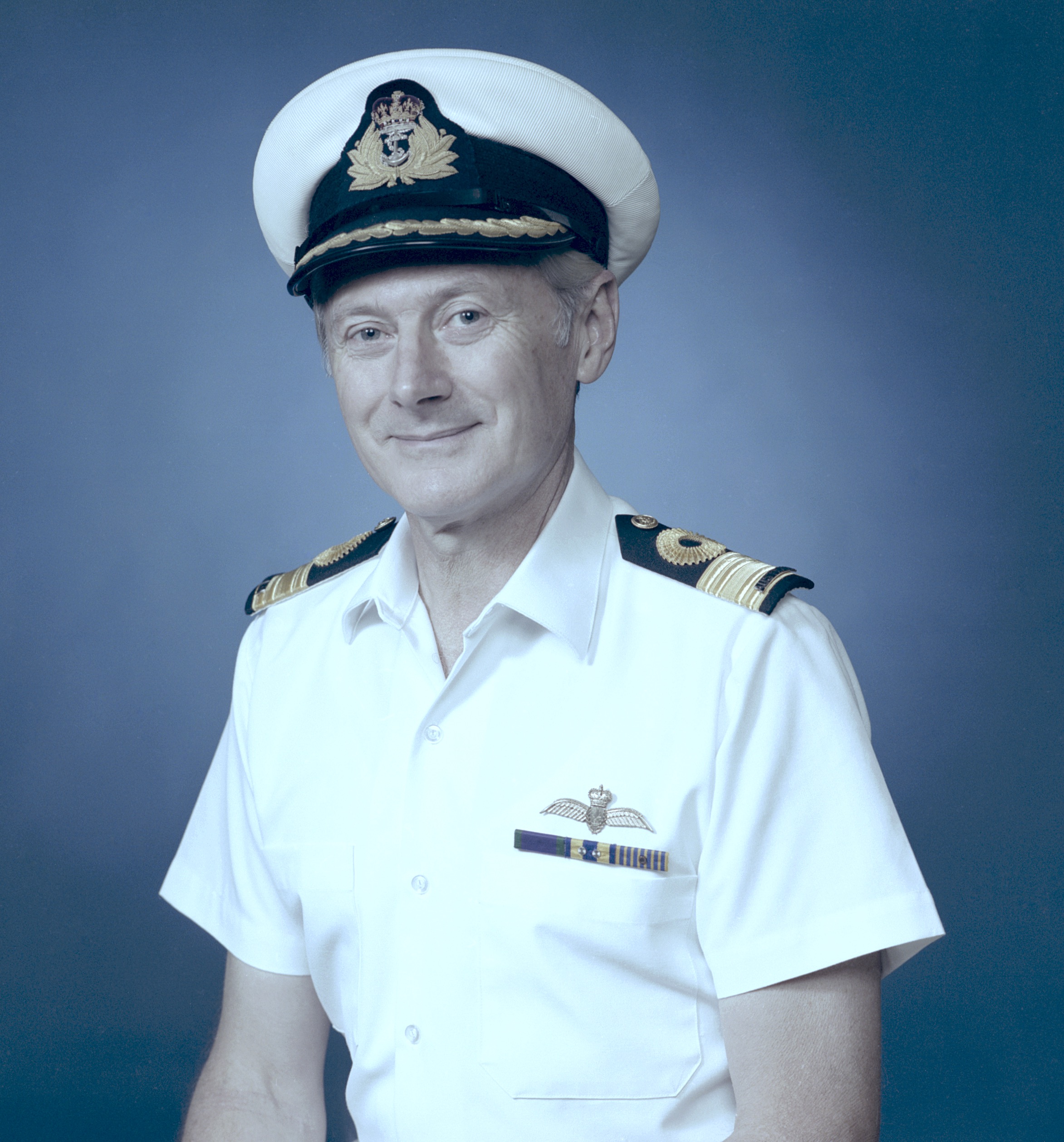
John Raymond Da Costa was born in Alberton, South Australia. He enlisted in the Royal Australian Navy from Flinders Park, South Australia, on 2 April 1955 for an initial period of six years as a non-commissioned Naval Airman (Aircrew), undertaking his initial training at HMAS Cerberus, Westernport, Victoria. Prior to enlistment, he had already obtained his Private Pilot’s Licence while completing six months National Service training in the Royal Australian Air Force (RAAF) at Laverton, Victoria.
From 11 July 1955 until 24 August 1956, John was seconded to RAAF Bases Uranquinty and Point Cook to undertake military flying training on Tiger Moth and Wirraway aircraft, earning his wings at RAAF Point Cook on 22 August 1956. On that date he was also appointed an Acting Sub Lieutenant, accepting a seven year Short Service Commission (Supplementary List) in the Permanent Naval Forces.
Following completion of the Short Service Officers Course, including a brief stint in the Tribal Class destroyer HMAS Warramunga, John undertook further training at HMAS Albatross, Naval Air Station Nowra in NSW, the home of the Australian Fleet Air Arm. There, on 26 November 1956, he joined 851 Squadron for conversion to the Fairey Firefly Trainer and AS Mk6 aircraft before joining 805 Squadron on 1 February 1957 for Operational Flying School (OFS) on the Hawker Sea Fury FB Mk11.
A series of postings over the next two years saw him flying Sea Furies (ashore) on 805 Squadron, followed by a posting to 724 Squadron, the fixed wing training and conversion squadron, for a jet aircraft conversion course on the de Havilland Vampire Mk T34 and T22 trainers. This was followed by a Night Fighter OFS on the de Havilland all-weather Sea Venom FAW Mk53.
Promoted Lieutenant on 23 July 1958, he joined the Front Line 805 Squadron, then re-formed with Sea Venoms, on 1 December 1958 and embarked in the Majestic Class Light Fleet Carrier HMAS Melbourne between 10 February and 8 December 1959. He continued flying Sea Venoms on the Second Line 724 Squadron until 20 June 1960.
On 25 July 1960, Lieutenant Da Costa joined 723 Squadron and commenced helicopter pilot conversion training to fly utility helicopters, chiefly in a search and rescue (SAR) role. The RAN helicopters in service at that time were Bristol Sycamore HR 50 and 51s. Once qualified, his 723 Squadron postings over the next two years fluctuated between NAS Nowra and the SAR Helicopter Flight in HMAS Melbourne when the fixed-wing Squadrons embarked for operational deployments.
723 Squadron also flew Firefly Mk 6 aircraft, converted to the Target-towing role for Fleet gunnery practice. As part of the Navy’s development programme for the Ikara anti-submarine missile, a scale model of the missile-body was attached to a Firefly. 723 Squadron pilots, including Lieutenant Da Costa, flew the aircraft from Avalon airfield in Victoria for trials of the torpedo release mechanism over Port Philip Bay.
On 2 January 1963, John accepted a permanent commission in the RAN and during the year completed a number of Squadron Command qualification courses, having rejoined 724 Squadron in July 1963. In furtherance of the Ikara development programme, a full-scale replica of the Ikara body was attached to a Sea Venom wing. Lieutenant Da Costa flew this aircraft to and from the Woomera Range in South Australia for final torpedo release trials.
In mid-1964, he travelled to the United Kingdom to undertake a Royal Navy Air Warfare Instructor’s Course for fighter pilots on 764 Squadron at the Royal Naval Air Station at Lossiemouth, Scotland.
On returning to Australia at the end of November 1964, Lieutenant Da Costa initially returned to 724 Squadron before joining 816 (Gannet) Squadron in 1965 as the Officer-in-Charge of its B Flight of Sea Venoms. This appointment saw him embark in HMAS Melbourne from time to time over the next 18 months. On 28 April 1966, he was involved in a tragic accident when landing on HMAS Melbourne. Piloting Sea Venom 866 (WZ 900) and having successfully “trapped”, the arrestor gear parted during the pull-out, resulting in the aircraft having neither adequate speed to regain flight or to come to a halt by applying the aircraft’s brakes. Realising the aircraft would ditch the order to eject was given by the pilot. Although John survived the accident, unfortunately his Observer, Lieutenant Ted Kennell RAN, did not.
In January 2002, in an email to the Editor of Slipstream magazine, he recalled:
Of course I had no idea what was going on behind me; all that I knew was that the aircraft was no longer decelerating and that there was insufficient deck remaining to stop by use of brakes, so I instinctively hit the throttle wide open.
With respect to ejecting and being in the water, he wrote:
As the aircraft struck the water, I ejected. After a violent tumbling ride, I entered the water, very hard, and more by training instinct than anything, inflated my Mae West and separated myself from the parachute harness...My next trauma was when the SAR [helicopter] came to hover overhead to winch me up. The downwash inflated my parachute canopy which began to drag me, semi-submerged, away from the helicopter. Apparently I was still entangled with a parachute shroud line which, fortunately, I was able to lift it over my head and come to the ‘Ho’ again, as did the SAR chopper. Once I was in the rescue strop, I released my dinghy pack, and was winched up.


